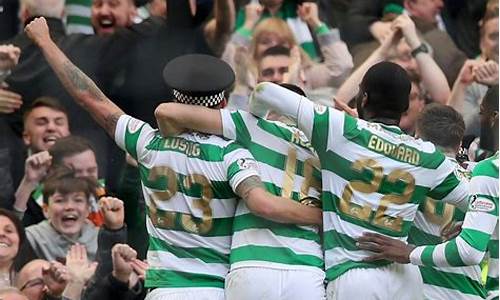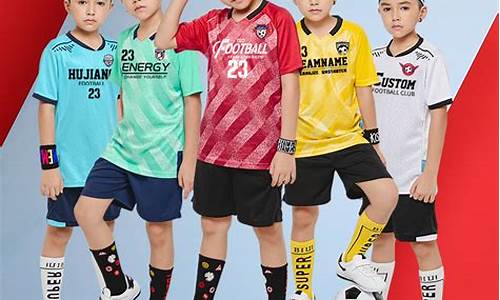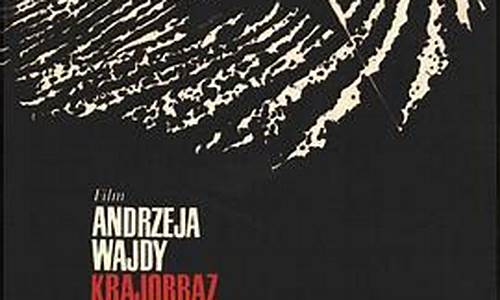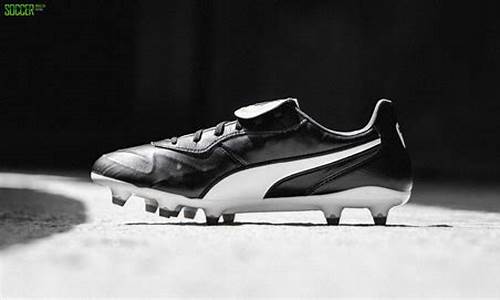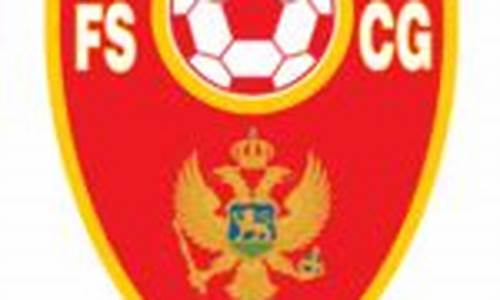奥运会吉祥物英语翻译,北京奥运会吉祥物的英语
1.奥运福娃英文介绍
2.英语翻译
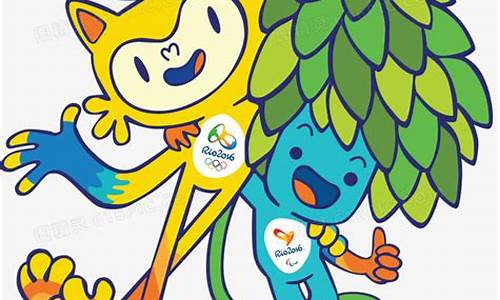
Waldi - Munich 1972
"Waldi", the first official mascot to appear for the 1972 Munich Games, was a Dachshund. He was modelled after Cherie von Birkenhof, a longhaired breed of the species. Waldi was the first official Olympic mascot.
Waldi's head and tail are light blue, and his body has vertical stripes with at least three of the five Olympic colours. Waldi was produced in various forms and sizes: plush, plastic, stickers, posters and buttons - but not as a pin until many years later.
1972年慕尼黑奥运会的吉祥物沃尔蒂是只惹人喜爱的腊肠狗,它是奥运会历史上第一个官方吉祥物。它的身体上交织着奥运的色彩,深受人们喜爱。以沃尔蒂的模样出现的奥运周边产品数不胜数。
Amik - Montreal 1976
"Amik" the beaver was chosen as the official mascot for the Summer Olympic Games of Montreal, 1976.
"Amik" in Indian language means beaver. The beaver has always been associated with hard work.
阿米克,1976年蒙特利尔奥运会官方吉祥物。这只海狸通常被看作是勤劳的标志。
Misha - Moscow 1980
The Moscow Olympic bear "Misha" was developed by the renowned illustrator of children’s books Victor Chizikov. It took the illustrator six months to draw one hundred variations of the bear that also carried the full name Mikhail Potapych Toptygin. "Misha" was finally unveiled on December 19th, 1977.
Misha was featured on hundreds of different pins, as a plush toy, in plastic, porcelain, rubber, wood, glass and metal. Misha also appeared on a stamp.
米沙是1980年莫斯科奥运会吉祥物。这只由俄国一位著名儿童文学家呕心沥血创造的俄国熊,于1977年12月19日呈现在公众面前。除了被做成各种产品,米沙还出现在了专门发行的邮票上。
Sam - Los Angeles 1984
The eagle "Sam" became the mascot of the Los Angeles Games. He was chosen because the imposing bald eagle is the national symbol of the United States. Robert Moore and his associates from Walt Disney Productions selected the eagle, and "Sam’s" design was targeted to appeal to children.
山姆,1984年洛杉矶奥运会吉祥物。作为美国的国家象征,这只雄鹰理所当然的获此殊荣。迪士尼公司的罗伯特·莫尔创造了山姆,为的是激发孩子们的兴趣。
Hodori - Seoul 1988
"Hodori", the mascot of the 1988 Olympic Games in Seoul, South Korea, portrays the friendly side of a tiger, which is present in many Korean legends. The mascot’s name was chosen from a list of 2,295 names submitted by the public.
The " Ho" in "Hodori" comes from the Korean word for tiger, and "Dori" is a common masculine diminutive. The Olympic rings adorn the neck of Hodori, and he wears a "Sangmo" hat from a traditional farm dance. The streamer on his hat in the shape of an S stands for Seoul.
1988年汉城吉祥物小虎多利。"Ho"是韩语的虎,"Dori"是韩国人对小男孩的称呼。吉祥物的名字采取了社会征集的办法, Hodori是从2295个建议来稿中挑选出来的。"Hodori" 颈挂奥运奖牌,煞是神气。它的装束代表了韩国传统风格。
Cobi - Barcelona 1992
The Spaniards did not immediately take to "Cobi", the surreal dog from the Summer Olympic Games of Barcelona, who was designed by local cartoonist Javier Mariscal.
"Cobi’s" popularity slowly grew and by the end of the Games he was loved universally by the Spanish and the rest of the world.
"Cobi" was supported by a group of mascots during the Barcelona Games. The whole mascot crew was featured as part of a popular Spanish TV show.
科比,1992年巴塞罗那奥运会吉祥物,由西班牙漫画家扎维尔·玛瑞斯克设计。一开始并未被普遍接受,但随着奥运会的进程,科比开始流行起来,受到了西班牙人和全世界的喜爱。西班牙的电视台甚至制作了一套以奥运吉祥物为主角的电视剧集。
Izzy - Atlanta 1996
The mascot of the 1996 Summer Olympic Games in Atlanta was an amorphous abstract fantasy figure. It carried the name "Izzy", derived from "Whatizit?" because no one seemed to know exactly what "Izzy" really was.
He changed his appearance several times after the closing ceremony in Barcelona in 1992. Over time he grew a mouth where only lips had existed, he added stars in his eyes, bulked up and gained muscles in his previously spindly legs, and eventually sprouted a nose.
依奇,1996年亚特兰大奥运会吉祥物,是奥运史上第一个电脑设计的吉祥物。这个小怪物最初的名字叫"它是什么"(What is it?)。作为一个想象中的生物,依奇在巴塞罗那奥运会之后,曾几经改头换面。
Ollie, Syd and Millie - Sydney 2000
Ollie", a Kookaburra, "Syd", a Platypus; and "Millie", an Echidna, are three native animals chosen as mascots for the Sydney 2000 Games. These Australian animals represent the earth, air and water.
"Ollie": epitomises the Olympic spirit of generosity and universal generosity (from Olympic).
"Syd": represents the environment and captures the vigour and energy of Australia and its people (from Sydney).
"Millie": is a techno-whiz and information guru, with all the facts and figures at her fingertips (from Millennium).
The Organising Committee received hundreds of submissions from artists, children and others from around the world. Matthew Hatton’s design was chosen to represent the Olympic mascots for the forthcoming millennium.
澳利、悉德、米利,2000年悉尼奥运会吉祥物。它们是三个澳洲本土动物,分别代表土地、空气和水。澳利代表了奥林匹克的博大精深;悉德表现了澳洲和澳洲人民的精神与活力;米利代表千禧年。奥组委当年曾收到来自全世界的数以万计的设计方案,最终选定了马修·哈顿的设计。
Phevos and Athena - Athens 2004
Phevos and Athena, the official Athens 2004 mascots, are brother and sister. Their creation was inspired by an ancient Greek doll and their names are linked to Ancient Greece, yet the two siblings are children of modern times.
The names are of two Olympian gods: Phevos, the god of light and music, known as Apollo; and Athena, goddess of wisdom and patron of the city of Athens. Phevos and Athena represent the link between Greek history and the modern Olympic Games.
雅典娜和费沃斯,2004年雅典奥运会吉祥物。它们是两兄妹,根据古希腊陶土雕塑玩偶为原型设计,名字暗含雅典。雅典娜是智慧女神,费沃斯是光明与音乐之神,他们代表了古典奥林匹克精神和现代文明的完美结合。
Friendlies - Beijing 2008
Like the Five Olympic Rings from which they draw their color and inspiration, the Five Friendlies will serve as the Official Mascots of Beijing 2008 Olympic Games, carrying a message of friendship and peace--and blessings from China--to children all over the world.
Designed to express the playful qualities of five little children who form an intimate circle of friends, the Five Friendlies also embody the natural characteristics of four of China’s most popular animals--the Fish, the Panda, the Tibetan Antelope, the Swallow--and the Olympic Flame.
Each of the Friendlies has a rhyming two-syllable name--a traditional way of expressing affection for children in China. Beibei is the Fish, Jingjing is the Panda, Huanhuan is the Olympic Flame, Yingying is the Tibetan Antelope and Nini is the Swallow.
When you put their names together--Bei Jing Huan Ying Ni--they say "Welcome to Beijing," offering a warm invitation that reflects the mission of the Five Friendlies as young ambassadors for the Olympic Games.
最后来说一下2008年北京奥运会吉祥物“福娃”。这次奥运会的吉祥物形象是有史以来最多的,共有5个福娃,它们分别以“鱼、熊猫、奥运圣火、藏羚羊、京燕”为创意,被亲切地叫做“贝贝、晶晶、欢欢、迎迎,妮妮”。这组形象可爱、活泼的吉祥物,以“北京欢迎你”的谐音命名,将北京的祝福、中国的祝福带给世界。
--------------------------------------------
你可以到这里看看: style="font-size: 18px;font-weight: bold;border-left: 4px solid #a10d00;margin: 10px 0px 15px 0px;padding: 10px 0 10px 20px;background: #f1dada;">奥运福娃英文介绍
报纸上采用friendies.
也经常说成是 lucky baby
Friendlies”,在英语中是“朋友”、“小友”的意思,叫起来备感亲切。
---
请看来自新闻的英语
Like the Five Olympic Rings from which they draw their color and inspiration, the Five Friendlies will serve as the Official Mascots of Beijing 2008 Olympic Games, carrying a message of friendship and peace--and blessings from China--to children all over the world.
Designed to express the playful qualities of five little children who form an intimate circle of friends, the Five Friendlies also embody the natural characteristics of four of China's most popular animals--the Fish, the Panda, the Tibetan Antelope, the Swallow--and the Olympic Flame
福娃是北京2008年第29届奥运会吉祥物,其色彩与灵感来源于奥林匹克五环、来源于中国辽阔的山川大地、江河湖海和人们喜爱的动物形象。福娃向世界各地的孩子们传递友谊、和平、积极进取的精神和人与自然和谐相处的美好愿望。 福娃是五个可爱的亲密小伙伴,他们的造型融入了鱼、大熊猫、藏羚羊、燕子以及奥林匹克圣火的形象。
每个娃娃都有一个琅琅上口的名字:“贝贝”、“晶晶”、“欢欢”、“迎迎”和“妮妮”,在中国,叠音名字是对孩子表达喜爱的一种传统方式。当把五个娃娃的名字连在一起,你会读出北京对世界的盛情邀请“北京欢迎您”
英语翻译
China is an everyone's court for harmonize, we are living under the environment that dulcify thus, everybody is a happy child.The mascot" the FU WA" of the Olympic game also just represented us this is happy.Innocent child.
The FU WA is be"ed face"" clear and bright"" the NINI" of" the shell shell" by" the HUANHUAN" five be filled with the Chinese race special features of doll constitute.The homophonic of five FU WA name add exactly" Peking is welcome you".This expressed the Chinese people's amity to the people in the world again.The color of the FU WA also acts in cooperation the Olympics at the right moment five yellow turquoise blue of red orange of wreaths, expressed perfect annotation of Olympics to spirit of Olympics of Peking.
The Olympics of 2008 Pekings, the dream of a Chinese, bears in the applause of the world and the tears of the Chinese nations.Be a member of the Chinese nation, I will use the most sincere voice, saying loudly:
" Bless you, belong to China, belong to Peking, belong to our 2008!"
中国是一个和谐的大家庭,我们生活在这样愉悦的环境下,每个人都是幸福的孩子。奥运会的吉祥物“福娃”也正代表了我们这群幸福的.天真的孩子。
福娃是由“欢欢”“迎迎”“贝贝”“晶晶”“妮妮”五个充满中国民族特色的娃娃组成。五个福娃名字的谐音加起来正是“北京欢迎您”。这再一次表达了中国人民对世界人民的友好。福娃的颜色也正好呼应奥运五环红橙黄绿蓝,表现了北京奥运对奥运精神的完美诠释。
2008北京奥运,一个中国人的梦想,在世界的掌声和中华民族的泪水中诞生。身为中华民族的一份子,我将用最真诚的声音,大声说:
“祝福你,属于中国,属于北京,属于我们的2008!”
The phrase "Olympic Mascot" was originated from Provencal word"Mascotto" and compiled into French dictionary at the end of the 19th Century. Mascot means the person, animal or article that can bring fortune or good luck to people.
声明:本站所有文章资源内容,如无特殊说明或标注,均为采集网络资源。如若本站内容侵犯了原著者的合法权益,可联系本站删除。


